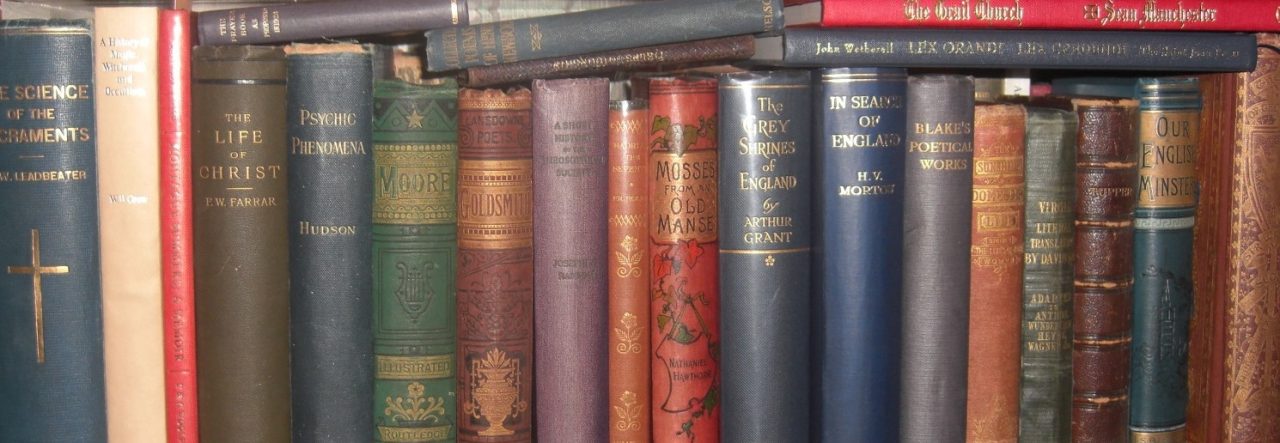This is the most recent edition of my book on A.H. Mathew.
Category: European-American University Press
Joseph-Rene Vilatte (1854-1929): Some aspects of his life, work and succession
This is the fourth edition of my work on Vilatte, updated with several additions and corrections. Please note that this edition is more recent than the print edition available via Lulu which will be updated in due course.
Publication of “The Radical Traditionalist Today”
 “The Radical Traditionalist Today” is a collection of essays and talks by John Kersey. Deriving from his contributions to the Traditional Britain Group and the Libertarian Alliance (UK), they explore areas of culture, politics and law, as well as addressing the increasing ideological censorship of the modern British state.
“The Radical Traditionalist Today” is a collection of essays and talks by John Kersey. Deriving from his contributions to the Traditional Britain Group and the Libertarian Alliance (UK), they explore areas of culture, politics and law, as well as addressing the increasing ideological censorship of the modern British state.
Published by European-American University Press and available in paperback. 242pp. £17.95.
A History of the Old Catholic Movement in England
 A History of the Old Catholic Movement in England (2 volumes)
A History of the Old Catholic Movement in England (2 volumes)
John Kersey
This pioneering history traces the development of the Old Catholic movement in England from its origins to the present-day. It discusses each of the churches that have been involved in this movement, and profiles the clergy who have been responsible for them. It is a direct response to the appeal by Fr. Kenneth Leech that “… the issues raised [by the Old Catholics]…will not go away; and we need a more thoughtful, less hostile, and more discriminating approach to a subculture that, however odd and marginal, deserves to be treated with respect, compassion, and intelligence.”
English Old Catholicism is a tremendously diffuse movement in which the outsider can find it difficult to discern structure or commonality. Between 1908 and 1910, that structure was provided through the formal alliance of the Old Catholic Church of Great Britain with the Union of Utrecht of the Old Catholic Churches on the Continent. The Union appointed Arnold Harris Mathew, a former Roman Catholic priest who had also served as a curate in the Church of England, as Old Catholic Regionary Bishop of Great Britain. However, the Union was moving ever closer towards Canterbury as Mathew was moving closer towards a Romanist position in keeping with the original mission of Old Catholicism. These and other factors caused a breach whereby Mathew declared his autonomy from Utrecht in 1910.
Organisationally, the Old Catholic movement is both a structural and a theological entity. Structurally, it is a decentralised church that manifests as a series of small groups, most of which take on an autocephalous and autonomous identity based on their ultimate origins within the Roman Catholic Church. This leads variously to groups which are proto-Uniate in character, seeing their mission as closely aligned to Rome, as well as groups that express a wider ecumenical identity.
Published in a limited, numbered, softcover edition by European-American University Press: Volume 1, 522 pages. Volume 2 (Supplement), 126 pages.
Sold out.

